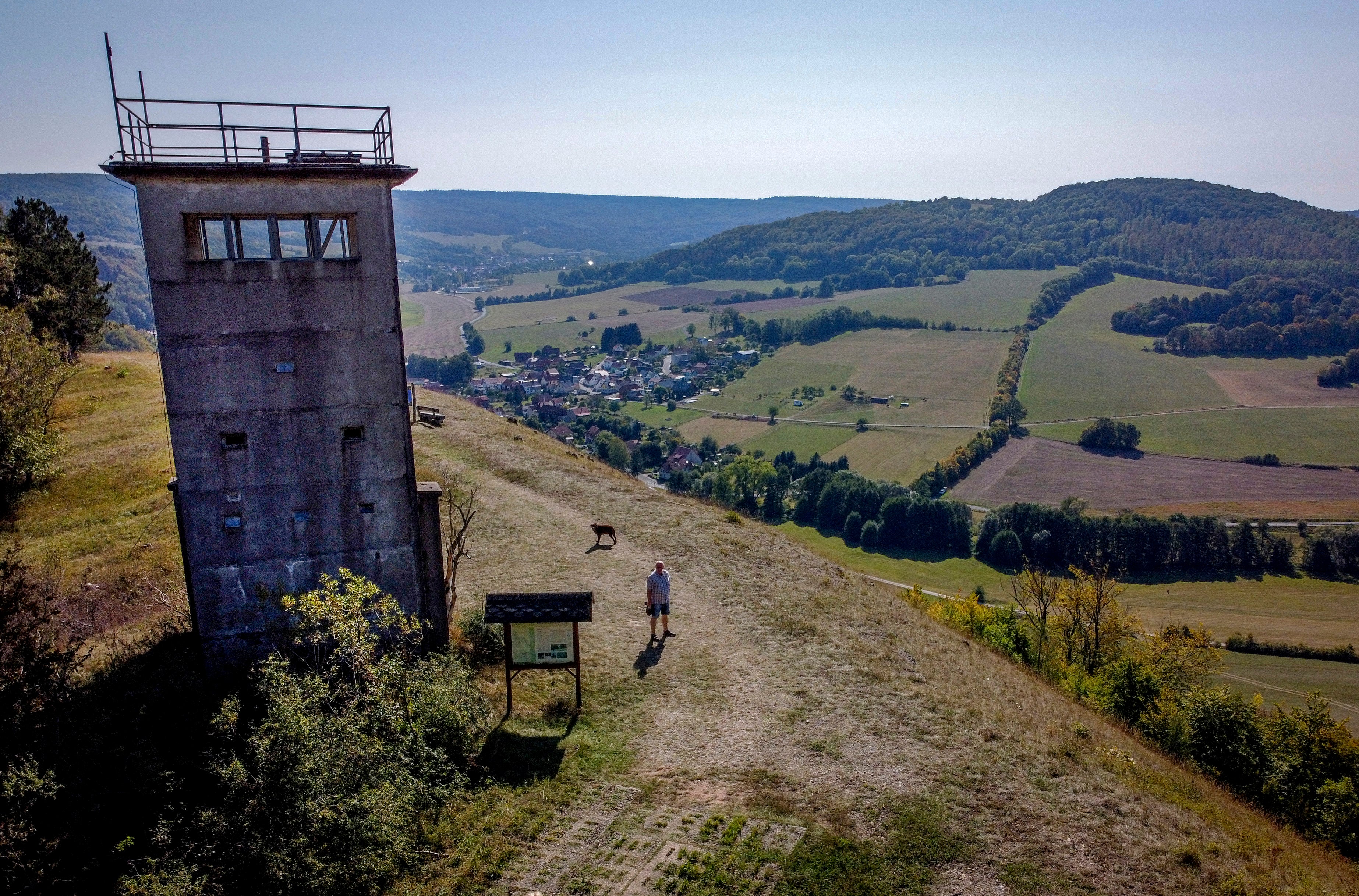AP PHOTOS: Remnants of East Germany, 30 years after its end
Thirty years after Germany was reunited, many once-decrepit city centers in the formerly communist east have been painstakingly restored and new factories have sprung up

Your support helps us to tell the story
From reproductive rights to climate change to Big Tech, The Independent is on the ground when the story is developing. Whether it's investigating the financials of Elon Musk's pro-Trump PAC or producing our latest documentary, 'The A Word', which shines a light on the American women fighting for reproductive rights, we know how important it is to parse out the facts from the messaging.
At such a critical moment in US history, we need reporters on the ground. Your donation allows us to keep sending journalists to speak to both sides of the story.
The Independent is trusted by Americans across the entire political spectrum. And unlike many other quality news outlets, we choose not to lock Americans out of our reporting and analysis with paywalls. We believe quality journalism should be available to everyone, paid for by those who can afford it.
Your support makes all the difference.Thirty years after Germany was reunited, many once-decrepit city centers in the formerly communist east have been painstakingly restored and new factories have sprung up.
But many companies and facilities didn't survive the abrupt transition to capitalism. The mighty West German mark was introduced to East Germany on July 1, 1990 — a little over three months before reunification on Oct. 3 — and inefficient companies found themselves struggling to compete in a market economy, while demand for eastern products slumped and outdated facilities were shut down.
Casualties of the transition included East Germany's clunky cars, the Trabant and the more upmarket — though still spartan by Western standards — Wartburg.
The Wartburg factory in Eisenach closed in 1991. Much of it was torn down, though a couple of abandoned production buildings remain. Cars are still produced in Eisenach, but at a new plant built by Western automaker Opel.
Manufacturing plants weren't the only casualties of the end of communism. In Eckardts, a village a few miles from Eisenach, a giant cowshed stands abandoned — a relic of one of the collective farms that dominated agriculture in East Germany. Many people left the former East for the West in the years after reunification, seeking better economic opportunities.
While relics of the communist era and older buildings still awaiting better times can be found in many eastern towns, it's harder to find leftovers of the heavily fortified 1,378-kilometer (856-mile) Berlin Wall border that divided East from West Germany, stretching from the Baltic Sea to the western tip of Czechoslovakia.
A few concrete watch towers can still be found. Elsewhere, fields, woods and buildings have taken over the wide border strip.